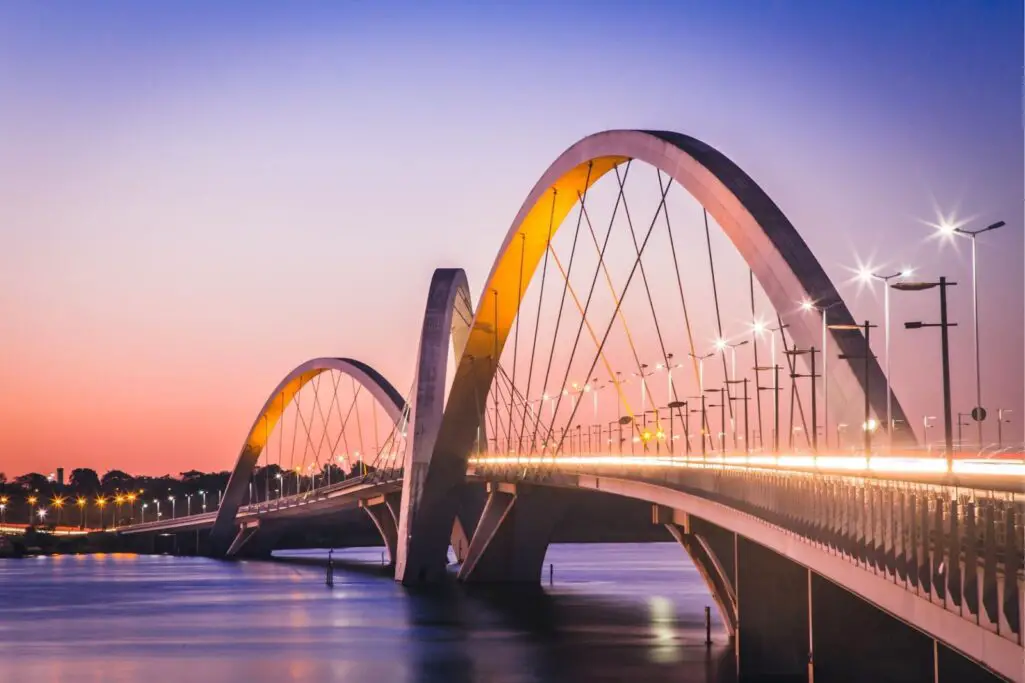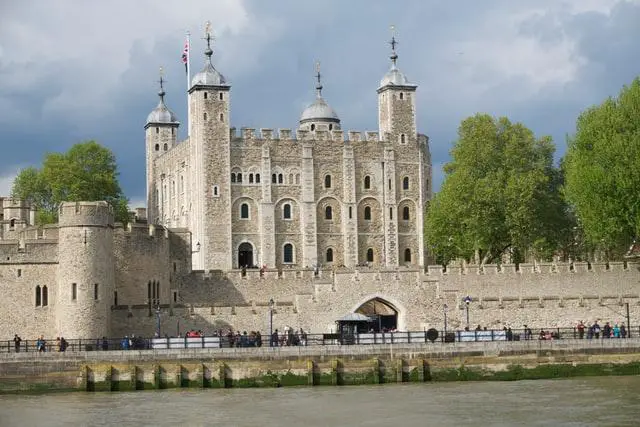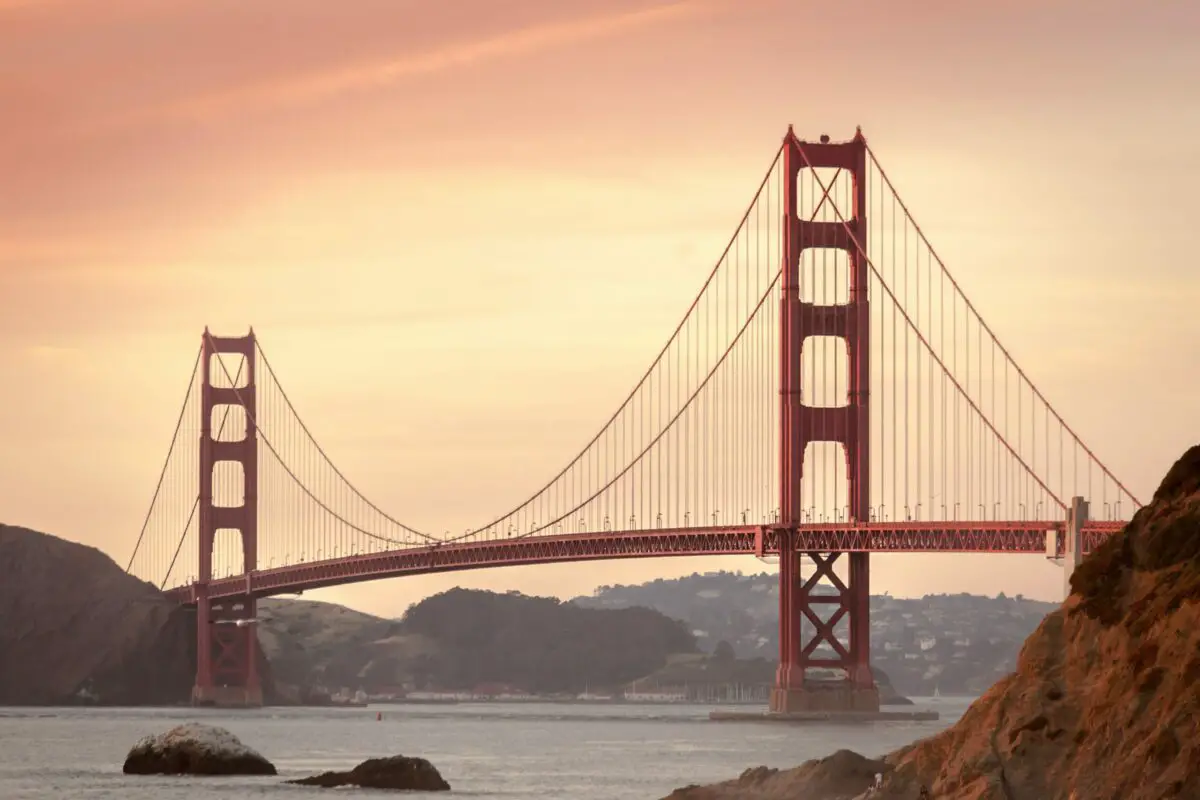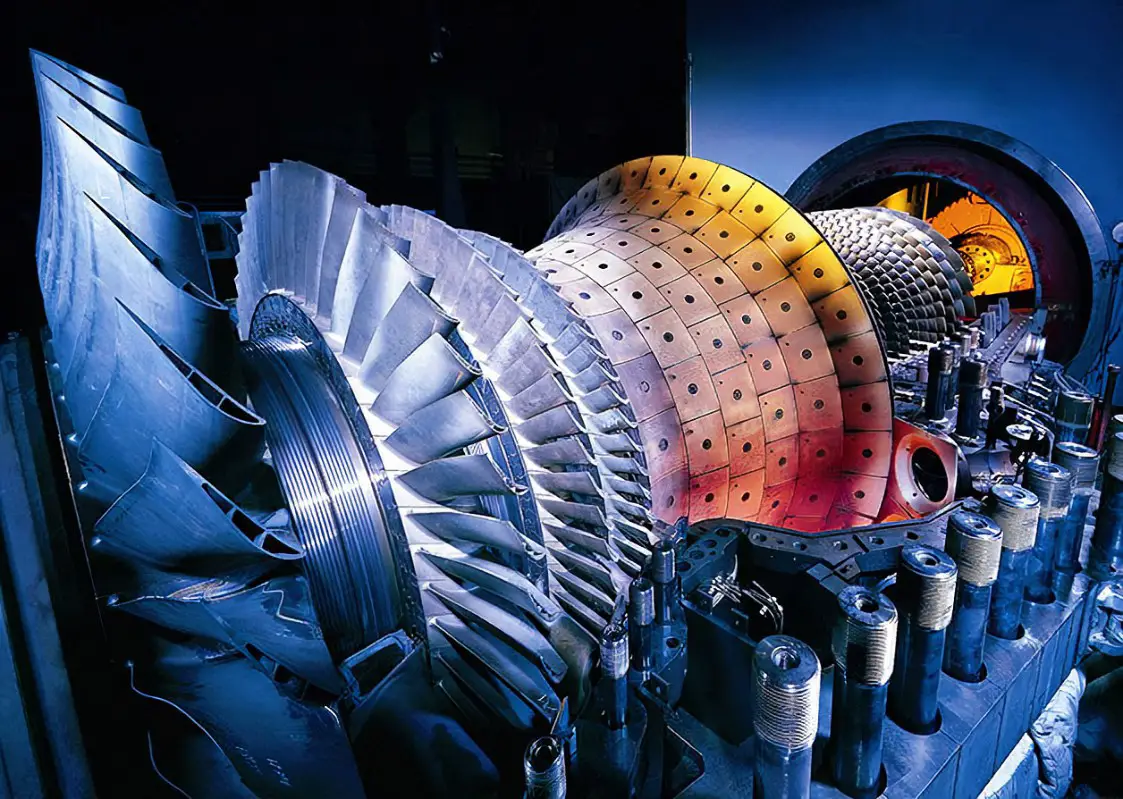The beautiful Ponte JK bridge, also famous as Juscelino Kubitschek Bridge, is a combination of artistry and great engineering work made across the water, and lights are added to escalate the beauty of the bridge that’s located in Brasilia, Brazil. What a beauty? A person who looks at the bridge cannot take his eyes away, yes, the bridge is that much attractive.
You must be wondering a lot! There must be an ample number of questions in your mind, like who designed it? What was the need to make this bridge? What material is used in making? History of the bridge? Height of the bridge? And many more. So what are we waiting for? Get all your answers in this article but make sure you read till the end. So let’s begin.
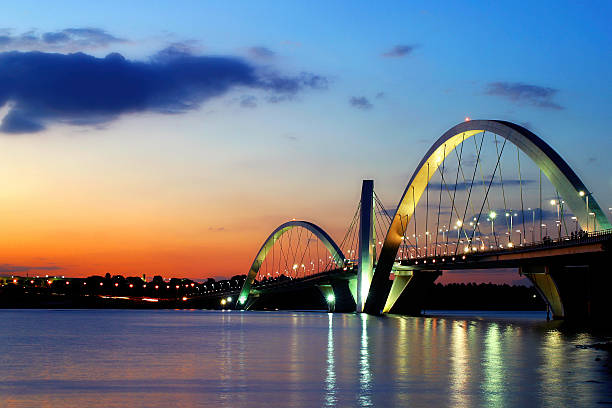
History of the Bridge
The astonishing design shows the intended work done by President Juscelino Kubitschek, who served Brazil from 1956 to 1961 that is for five years. Juscelino Kubitschek is the main figure that provided assistance in the construction of the planned city of Brasília. The bridge was named after the Juscelino Kubitschek de Oliveria as the President promised to make Brasilia a majestic capital.
The bridge connects to the center of the city and the eastern shore of the lake (where Lago Sul, Paranoá, and Brasília International Airport are situated) via the main avenue that is famously known as Monumental Axis, The place is one of the renowned symbols of Brazil. The bridge was designed as a monumental landmark that represents the modern fabric of the city
Interesting Fact: Earlier, few environmentalists were concerned about making the bridge as they believed it may destroy the natural habitat but later on, despite the obligations of local authorities approved the construction of the bridge.
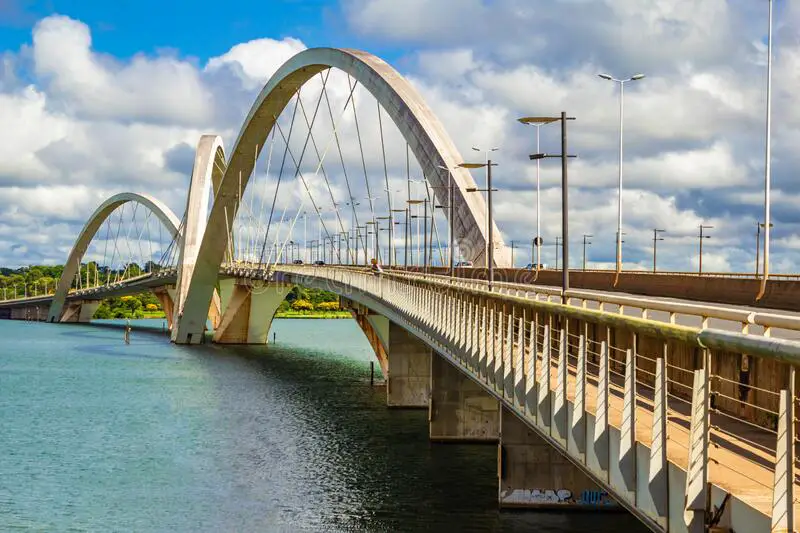
Astonishing Design of the Bridge
In 2000, the making of the Juscelino Kubitschek Bridge was initiated, and within two years, that is in 2002, the construction was completed and was opened to the public on 15 December 2002. Alexandre Chan gave the blueprint of the bridge in association with the engineer Mario Vila Verde. The bridge is made for pedestrians, bicycles, and vehicles. People can come here for cycling and also for running.
Interesting Fact: The beauty of the bridge has attracted many in the world, and is one of the inspirational works done by the architects and engineers. The design is unusual and spectacular.
The gorgeous bridge was designed to make something special and also he has taken care of all the requirements. The bridge was a part of the Orla project which is a comprehensive sustainable development initiative by the Brazilian Government, and the main focus area was planning as well as preservation of all river and ocean coastal activities in the country.
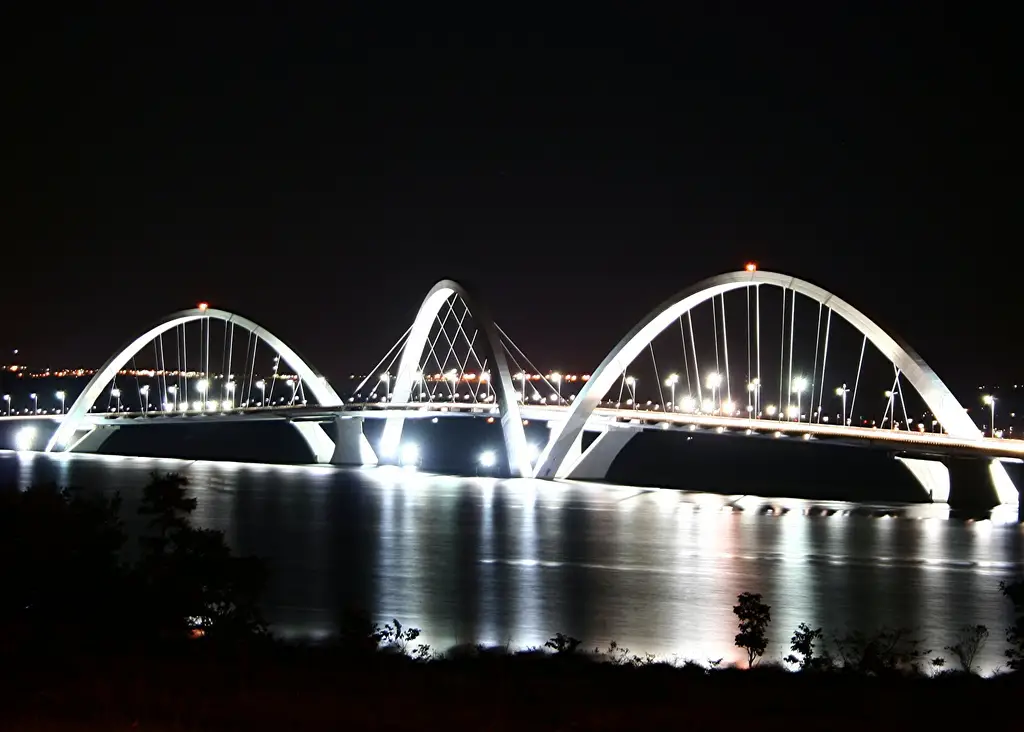
Specifications of the Juscelino Kubitschek Bridge
The Bridge is extended in an area of 1200 meters (3900 feet), along with a breadth of 24 meters (79 feet). There are three lanes and two carriage lanes on the bridge. On the side of pedestrians and cyclists, there are two walkways fitted with guard rails, each consisting of 1.5 meters (4.9 ft) wide.
Interesting Fact: The bridge is the shortest arch bridge in Brazil.
Moving further, in a length of 240 meters, there are four supporting pillars on the main span structure of Lake Paranoa. For the construction of the deck, the incremental technique was used. This means that the deck was made in a factory to avoid on-site problems and heavy transportation costs. To eliminate the problems of overwater construction, an abutment was selected to undertake the construction work.

The Arches
Why was there a need for three arches rather than a single arch? The three huge asymmetrical arches are made diagonally, and the extended steel cables from each arch are constructed in order to provide support to the deck and to increase the span of the bridge, the arch acts as a beam to the bridge. The deck weight is supported by the three arches that are 61 meters or 200 feet tall.
The arc has been positioned above the sensible height of the deck to help in navigation. The arches surge the appeal of the bridge and are alluring to people. Further, adds an aesthetic appeal to the city.
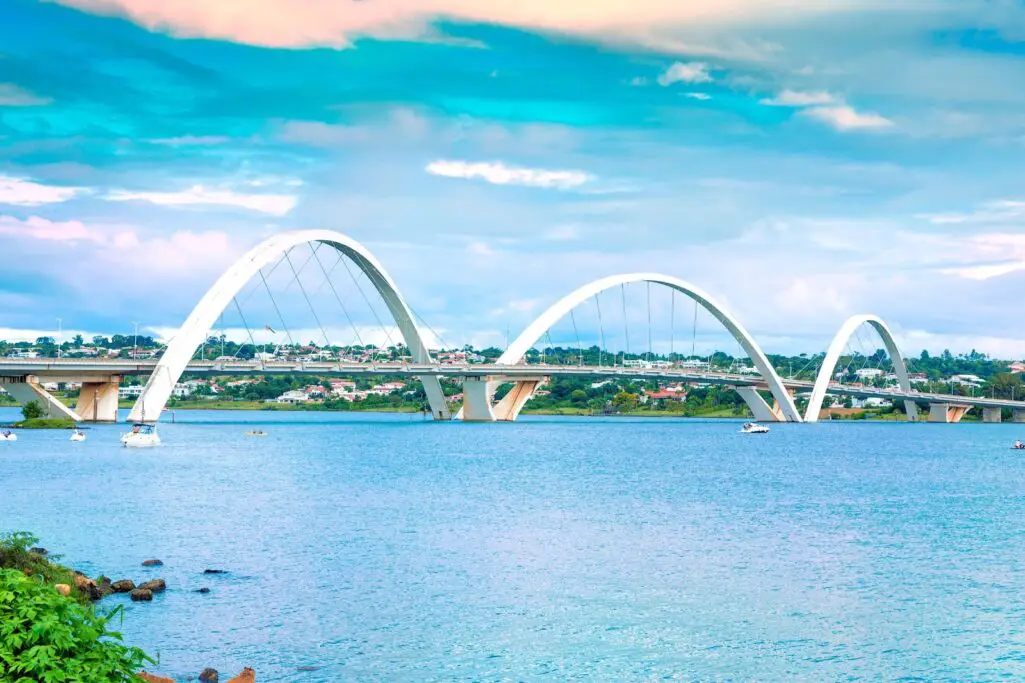
What is Juscelino Kubitschek Bridge made of?
High-performance concrete was used for the arches that are directly on the water surface. There are ample reasons for this particular choice. First and foremost is that in Brazil, the concrete is used widely and is one of the most reliable materials. Furthermore, the product was found the most suitable at the time of application.
Floating platforms were made use of to provide the appropriate position of the arches on the surface of the lake. With the help of cranes, the arch was lifted and hence constructed. Due to the controlled temperature conditions at night, the keying part of every arch was completed.
In 1984, it was first used in Brazil, and now, also it is used on the bridge as a pavement surface, it is known as Dermasfalt. It is a thin-layer paving product and has many benefits over the conventional method. This product is used a lot in Brazil and mainly for the steel deck bridges. This product reduces the weight of the overall structure as a thin layer is applied to the bridge.
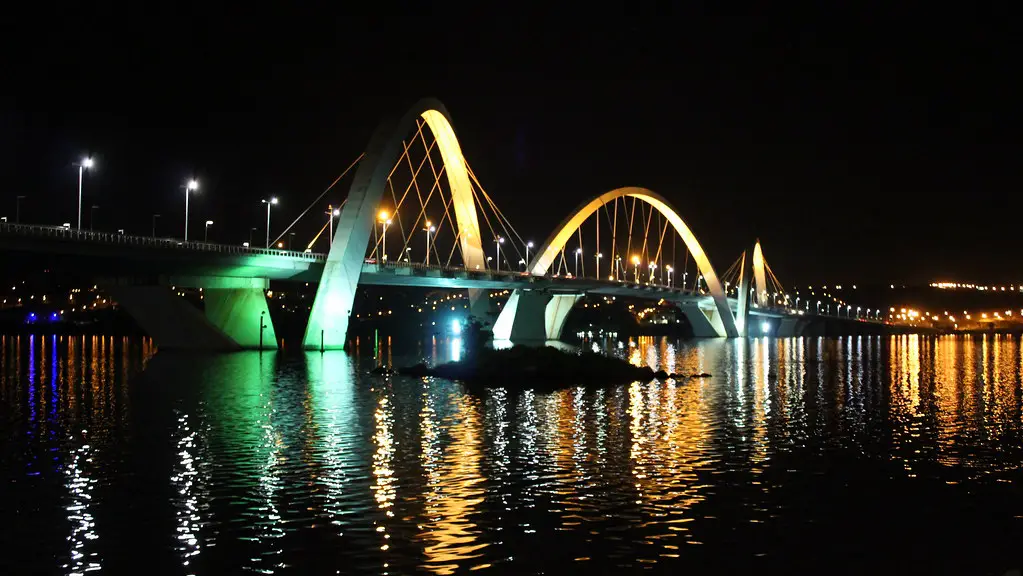
Why Was Juscelino Kubitschek Bridge Constructed?
The next question that comes to my mind is what was the need to construct this bridge? The
answer is simply due to the surge in the level of congestion between the two bridges that are already there across the lake, that are built to the third crossing in the south which is proposed. Earlier it is not known but during the construction of the bridge, the congestion problem escalated at a faster pace than any other person thought.
Interesting Fact: Being so controversial, and famous at the same time. Still in the world, the bridge was the largest single-span concrete arch bridge.
After the construction of the bridge, the travelling distance between the areas was shortened and the accessibility of the city was increased. Moreover, People living in the nearby communities can now easily avail the amenities. The new International airport is 40 km away from the stunning bridge and provides easy access to the airport.
On the other hand, the bridge was constructed to make it a part of the public realm rather than making it a private one, as earlier edges of the lake were getting surrounded by the private sector. e sector.
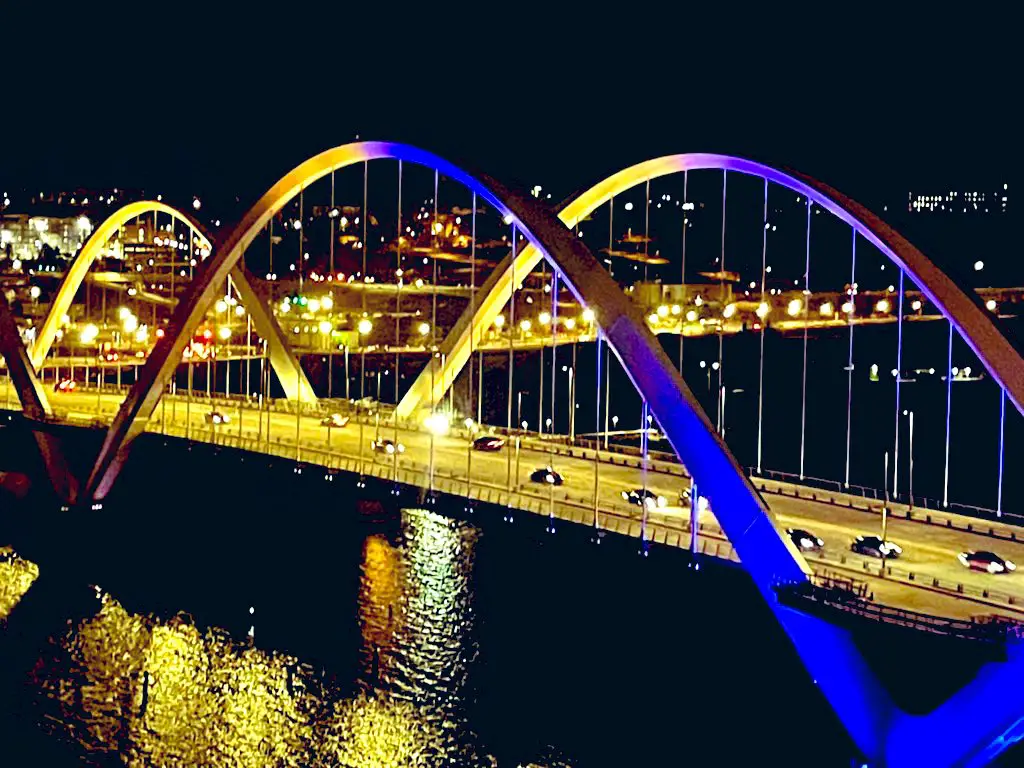
How much did the Juscelino Kubitschek Bridge Costs?
Additionally, the total amount that is used for the completion of this captivating 1200 meters Juscelino Kubitschek Bridge is US$56.8 million. The cost of the bridge increased due to highly skilled workers used for the construction of the bridge. To monitor the construction work of the bridge, 50 sensors were installed in cables and arches. Both during construction and after completion of the bridge, the cameras are used to see them working.
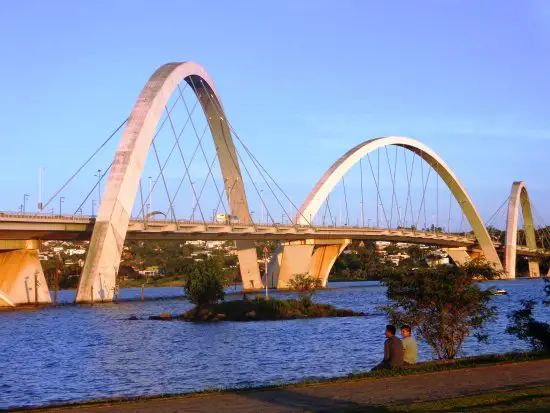
Why is the Juscelino Kubitschek Bridge Famous?
With so many complexities during the making of the bridge, still, the bridge has won many awards, such as during the international bridge conference in Pittsburg in 2003, an award was won by Alexendre Chan and was given by Gustav Lindenthal for this ravishing Juscelino Kubitschek Bridge project. The award was presented for the outstanding achievement for presenting harmony with the environment, great community participation, and aesthetic merit.
In addition to this, In 2003, Premio Abcem, which is another award, was won by the bridge for the” Best Steel Work of the Year ” and was given by the Brazilian Metal Construction Association.
Bottom Line
The design of the bridge is made with utmost care so that it looks ravishing and also provides assistance to the people to ride their vehicles and connects them with basic amenities. You might have noticed how carefully the bridge is made by taking care of even minute things, it may be cameras for surveillance or cranes used for arches. Each segment has been made fantastically. The bridge has earned many recognitions and so it is popular among people.

